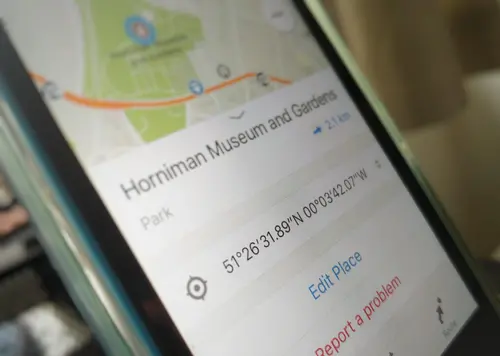
OpenStreetMap (OSM) data is being given a notable boost this week with the news that a major GPS navigation app provider is to let its users edit OSM data directly within its own mobile apps.
Launched out of Zurich, Switzerland, in 2011, Maps.me has emerged as major contender in the online maps and navigation realm with tens-of-millions of people using its Android or iOS app to access offline maps around the world. This is what led to Russian Internet giant Mail.ru acquiring the company back in 2014, in a push not only to grow Mail.ru’s footprint outside its native Russia, but also to compete directly against Google and Apple Maps.
For its maps, the company uses OpenStreetMap, which is an open, editable platform often referred to as the “Wikipedia for maps” given that anyone, anywhere in the world can contribute to the data. While it doesn’t always garner the same fanfare as others in the space, OpenStreetMap is actually one of the four major online mapping platforms, alongside Google Maps, TomTom, and Here — the latter of these was sold by Nokia to a consortium of car companies last year.
Founded out of the U.K. in 2004, OpenStreetMap is managed by the OpenStreetMap Foundation, a not-for-profit that survives largely on donations and contributions, from the public and institutions alike. It’s completely free to use, and a number of well-known apps use OSM maps and data to some degree, including the Telenav-owned Skobbler and MapQuest. Other major companies also use some OpenStreetMap data, including Foursquare and the mighty Apple. So one of the reasons OpenStreetMap doesn’t really live in the limelight on its own is because it’s not really a go-to destination in its own right — it’s more of a back-end, an API for third-party developers to tunnel through for their own apps.
Most OpenStreetMap editing is carried out through its website, though there are some third-party editing apps available on mobile. What Maps.me is bringing to the table, however, is scale — OpenStreetMap is now front-and-center with million of people who will be able to edit data within the app. And quite probably, they’ll have no idea that it’s OpenStreetMap they’re editing because most people don’t really care who the map-providers are.
There are some notable caveats to Maps.me’s latest offering, however. For now, you can only edit data about specific places and points-of-interest, such as stores, homes, restaurants, bars, and so on. You can also add new places — so, for example, if that new Sushi bar ’round the corner isn’t yet mapped, you can add it yourself. You can also add business details, including opening hours, phone numbers, Wi-Fi availability and so on, similar to how you might find when searching for places on Google Maps. You won’t be able to edit street names or add new roads.

Above: Maps.me: Editing
Just as a core selling point of Maps.me’s offering is offline maps access, you can use the new editor offline too. All changes are saved locally and uploaded once an Internet connection is reestablished.
“Maps.me accuracy and relevance directly depends on the number of users taking part in map editing. We strive to develop the OpenStreetMap community and want every user of the application to have an opportunity to share their knowledge,” said Yury Gurski, vice president, new product development at Mail.ru. “We expect that the launch of this feature will significantly expand the editor base, which not only will make the maps even more detailed, but also will shift the primary focus from sketching maps using satellite photographs to filling and updating the base of objects.”
Only time will tell whether the Maps.me user base will be keen to edit locations, but if history has taught us anything, people love getting involved in creating and editing things in products they care about — and by focusing on the hyperlocal, encouraging users to edit and add places in their own community, this should serve as a major draw. And it’s certainly far more convenient than asking users to edit through the main OpenStreetMap website.